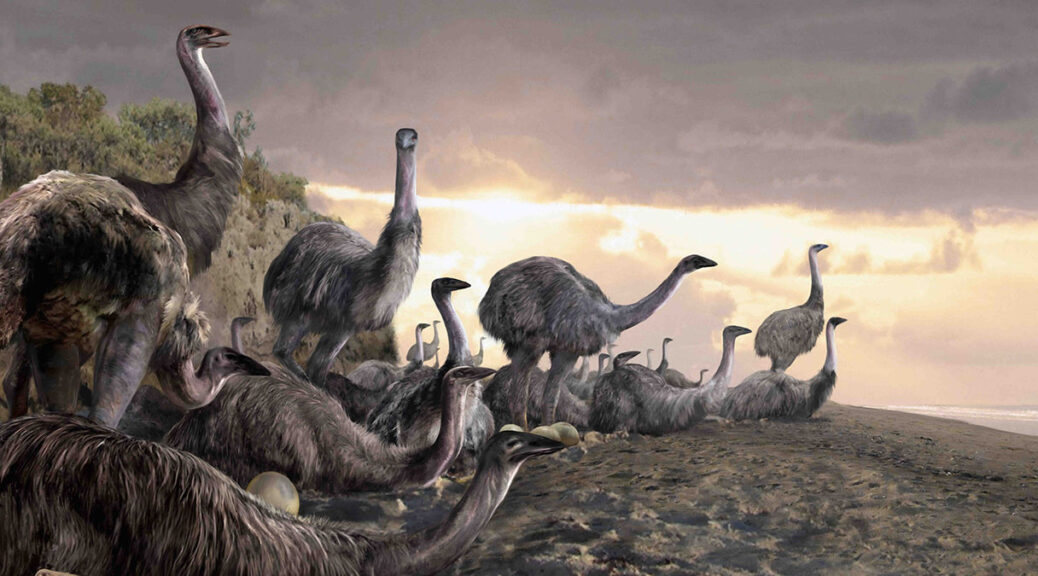Did Humans Cause the Demise of Madagascar’s Megafauna?
Two thousand years ago, lemurs the size of humans and giant “elephant birds” roamed Madagascar. A thousand years later, they were nearly gone.

This mass extinction coincided with a boom in Madagascar’s human population, according to a new study, when two small groups of people linked up and took over the island.
It’s an “exciting” study, says Laurie Godfrey, a palaeontologist at the University of Massachusetts, Amherst, who was not involved.
The results, she says, add genetic support to the idea that a growing human population and a shift to agricultural lifestyles did in these giant animals.
The new study traces back to 2007, when Jean-Aimé Rakotoarisoa, an archaeologist at the University of Antananarivo, and a multidisciplinary group of researchers created the Madagascar Genetic and Ethnolinguistic project to study the long-debated question of the ancestry of the Malagasy, the island’s major native ethnic group.
Though Madagascar is located about 425 kilometres off the east coast of Africa, the Malagasy language is similar to the Austronesian languages spoken 7000 kilometres across the Indian Ocean. There’s long been “a question about when, who, [and] how people came to Madagascar,” and how they influenced the mass extinction, Rakotoarisoa says.
Between 2007 and 2014 the team travelled to 257 villages around the island. They collected saliva samples and musical, linguistic, and other social science data.
In 2017, the researchers concluded the modern Malagasy population is most closely related to the Bantu-speaking people of eastern Africa and the Austronesian-speaking people of southern Borneo, in southeast Asia.
In the new study, the scientists genetically analyzed the saliva and used a computer program to model Malagasy ancestry and estimate how it changed over generations.
They found the modern Malagasy population is descended from a small ancestral Asian population made up of only a few thousand people that stopped mixing with other groups about 2000 years ago.
When exactly the Asian population travelled to Madagascar is a mystery. But by 1000 years ago, this small group had made it to the island. It began to mix with a similar-size African population in Madagascar, and the population began to grow right at the peak of the megafaunal mass extinctions about 1000 years ago, the researchers report today in Current Biology.
Other studies have found that at the same time the population of Madagascar exploded, the lifestyle of the people changed as well, says study co-author Denis Pierron, an evolutionary geneticist at Paul Sabatier University.
Before, humans had lived alongside animals and hunted and foraged in small groups. Now, they were building large settlements, planting rice, and grazing cattle on the landscape, archaeological evidence shows.
The authors suggest that population growth and these changes, paired with a hotter and drier climate, likely triggered the demise of the giant creatures. Godfrey agrees on the timing lines up, give or take 100 years, but she believes the changing climate played less of a role.
Though he says the study is well done, Yale University evolutionary geneticist Diyendo Massilani cautions “there are limits to using present-day data to infer something about the past.” If archaeologists discovered and analyzed ancient DNA from buried remains of Madagascar’s past inhabitants, he argues, that could help solidify when past populations mixed and grew.
Understanding humans’ role in the Madagascar extinction is urgent today, Godfrey says, especially as modern giants such as elephants and rhinoceroses are threatened. “We need to know what causes major changes, so we can save ourselves from a future potentially dire for the planet.”
